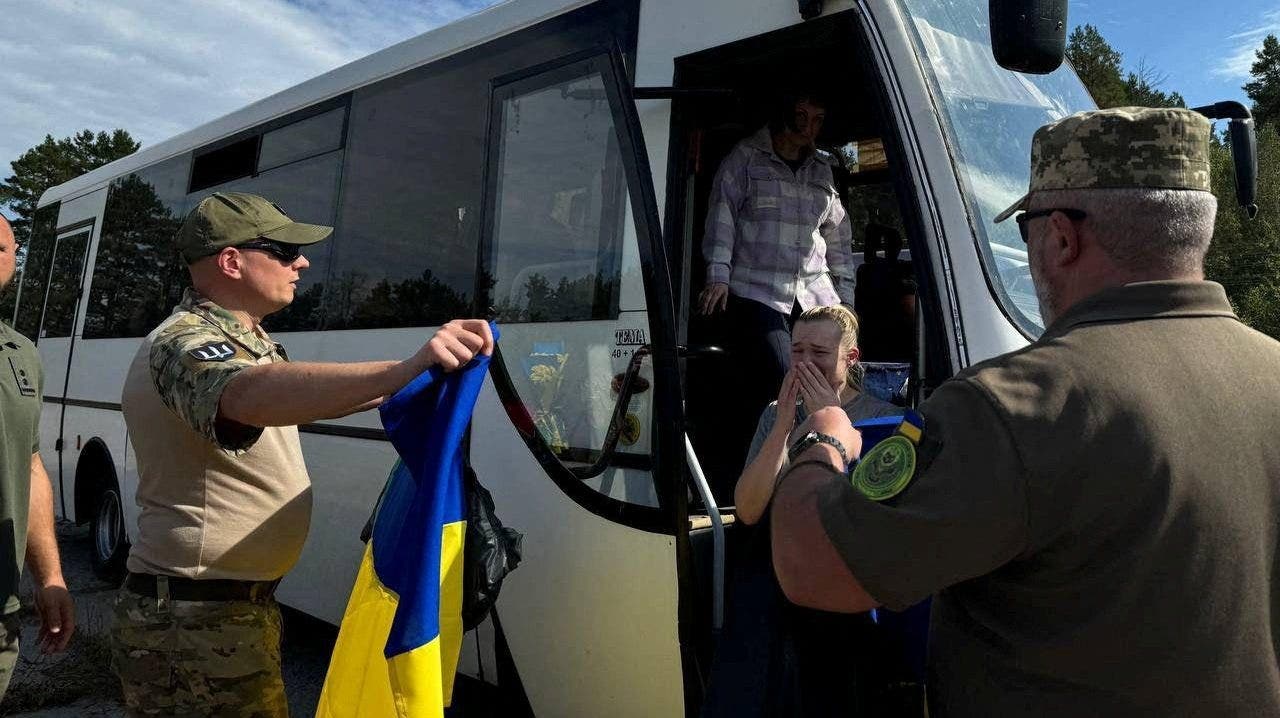As the Israeli military stepped up pressure on what it calls Hamas’s last stronghold in Gaza, fighting elsewhere in the Palestinian enclave on Sunday led to warnings that the militants might remain a force for a long time to come.
Close-quarters ground combat between Hamas fighters and Israeli troops raged in parts of northern Gaza over the weekend, both sides said on Sunday, even as the world’s attention was largely focused on the southern city of Rafah, where Israel escalated military operations last week.
It has become a familiar scenario in the Gaza Strip over the course of the seven-month war: After pitched battles, Israel declares an area clear of Hamas, only to return after the militants reconstitute their forces.
On Sunday, Secretary of State Antony J. Blinken said he was concerned that Israel’s failure to lay down a template for the governance of Gaza meant that its victories might not be “sustainable” and would be followed by “chaos, by anarchy and ultimately by Hamas again.”
Mr. Blinken’s warning came as the Israeli military said its soldiers had “eliminated a number” of fighters in the Gaza City neighborhood of Zeitoun. In nearby Jabaliya, where civilians were ordered to evacuate on Saturday, troops went in overnight after fighter jets struck more than two dozen targets, the military said. The operation, it said, was “based on intelligence information regarding attempts by Hamas to reassemble.”
Hamas said on Sunday that its fighters were engaged in “fierce clashes” with Israeli soldiers near Jabaliya and that the fighters had fired heavy-caliber mortar shells at Israeli forces in Zeitoun.
Neither claim could be independently verified.
Palestine TV, a network affiliated with the Palestinian Authority, a rival to Hamas based in the Israeli-occupied West Bank, broadcast footage that it said showed civilians, many of them women and children, fleeing northern Gaza. Some were on foot, while others were on bicycles, in cars or piled onto carts drawn by donkeys.
“I am deeply distressed by the fast-deteriorating conditions in Gaza,” the United Nations’ human rights chief, Volker Türk, said in a statement about the fighting in the north.
In Rafah, the southernmost city where more than a million Palestinians have fled for safety since the war began in October, Gazans were once again on the move, fearful that Israel was about to move into the city in full force.
Israel has been under intense international pressure — including from the United States, its closest ally — not to launch a full-scale invasion of Rafah. The Israelis say they are determined to eradicate the militants who led the Oct. 7 attacks on Israel.
But Hamas top leaders in the Gaza Strip, including Yahya Sinwar, are not hiding in Rafah, according to American officials, intelligence that could undercut the Israeli rationale for major military operations in the city.
U.S. officials say Israeli intelligence agencies agree with the American assessment. The two countries’ spy agencies believe that Mr. Sinwar most likely never left the tunnel network under Khan Younis, a major city to the north, according to American officials. The American officials spoke on condition of anonymity to discuss sensitive intelligence assessments.
Israel nevertheless has been increasing the pressure on Rafah.
The main United Nations agency aiding Palestinians in Gaza said early Sunday that about 300,000 people had fled from Rafah over the past week. Another organization, the World Food Program, warned that a full-scale invasion of the city would be “catastrophic.”
Gaza’s largest telecommunications company said on Sunday that internet service was down in parts of southern Gaza because of Israeli military operations. And Doctors Without Borders said it had started to refer the last 22 patients at one hospital, the Rafah Indonesian Field Hospital, to other facilities because it could “no longer guarantee their safety.”
On Sunday, citizens in Israel were observing Memorial Day, a national day of mourning that has taken on added poignancy this year. At 8 p.m., a minute-long siren sounded across the country, bringing pedestrians to a standstill in the streets and traffic to a halt.
Even in a normal year, the commemoration for soldiers and victims of terrorist attacks is sacrosanct in Israel, a small country where many know someone killed or wounded as a result of the decades-long Israeli-Palestinian conflict.
Roughly 1,200 people were killed and 250 taken hostage on Oct. 7, the Israeli authorities say. Since Israel launched its invasion of Gaza, at least 272 soldiers have been killed, the military says. More than 34,000 Palestinians have been killed in the war, and most Gazans have been forced to flee their homes, Gaza officials say.
Liam Stackreported from Tel Aviv, Aaron Boxermanfrom Jerusalem, and Eric Nagourneyfrom New York. Reporting was contributed by Julian E. Barnes, Adam Entous and Mike Ives.






